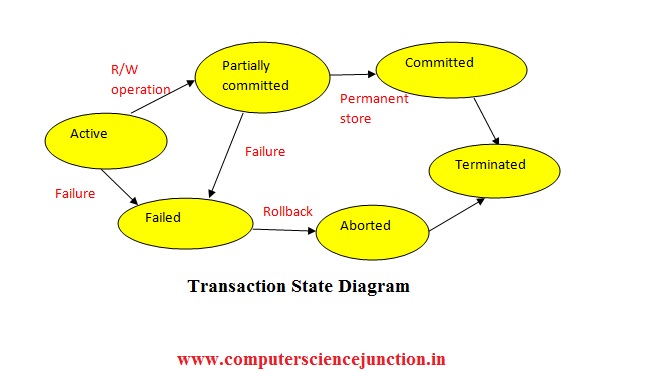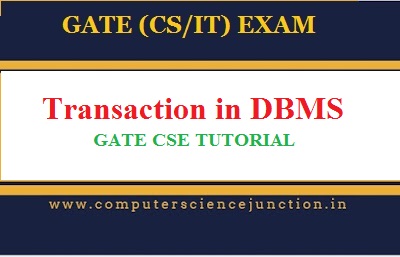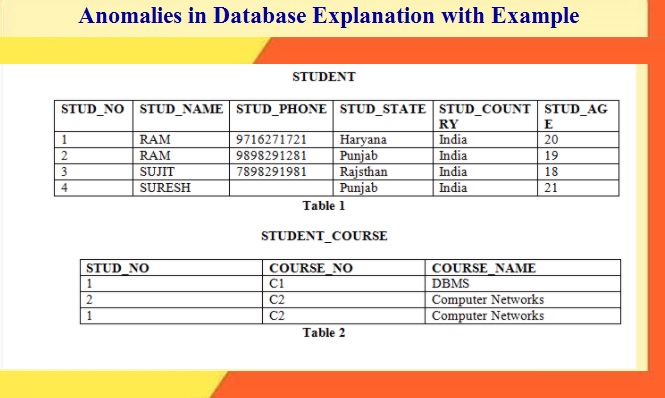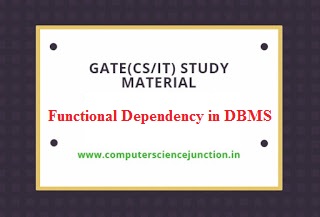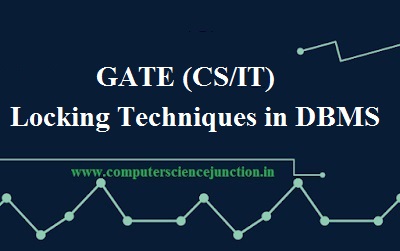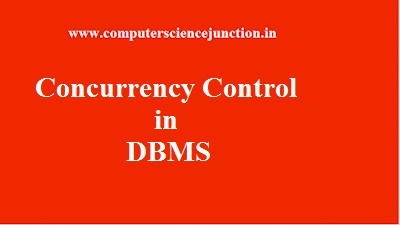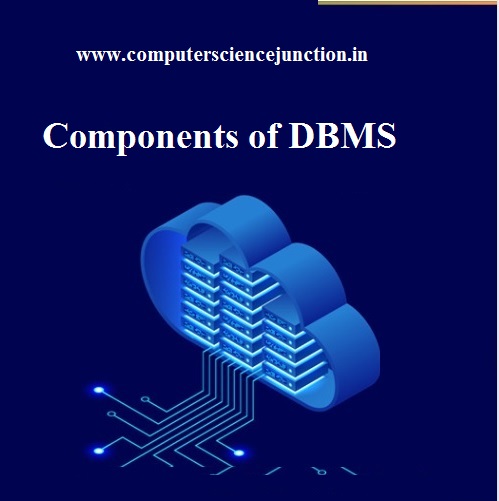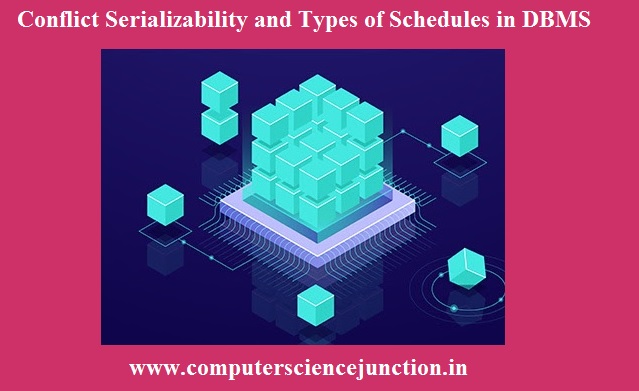Transaction State Diagram Tutorial Transaction Sate Diagram represents the life cycle of a transaction in DBMS. In this tutorial we will learn about different states of a transaction. Transaction State Diagram The Transaction State Diagram shows the basic states through which transaction flow through its lifetime. Transaction state diagram is as shown in following figure. […]
DBMS Tutorials
Transaction in DBMS
Transaction in DBMS Transaction in DBMS is a logical unit of operations to be performed on Data stored in database. In this tutorial we will learn about basics of transaction, advantages and disadvantages of transaction. What is a Transaction in DBMS ? Transaction in DBMS is a series of instructions followed by a single user or […]
Anomalies in Database with Example
Anomalies in Database with Example Anomalies in Database are the main cause of Data Redundancy in DBMS. In this tutorial we will learn about anomalies in database with examples. A person who design the database must have the knowledge about anomalies in database. In Database normalization approach we try to remove the database anomalies. What […]
Functional Dependency in DBMS
Functional Dependency in DBMS Functional Dependency in DBMS is the basic of Database Normalization. In this tutorial we will learn about Functional Dependency Concepts such as functional dependency introduction, functional dependency example .and Inference rules for functional dependency with example. Frequently Asked Questions Some frequently asked questions asked from functional dependency are are given below […]
Mongodb and SQL Databases
Difference Between MongoDB and SQL Databases Difference Between MongoDB and SQL Databases is explained in this tutorial. MongoDB and SQL Based Databases both are useful in Databases Management System. MongoDB is database whereas SQL is a structured query language used to interact with database. Students used MongoDB as Database for their project work. MongoDB and […]
Locking Techniques in DBMS
Locking Techniques in DBMS Locking Techniques in DBMS are generally used for concurrency control in Transaction Management. Locking technique is a concurrency control mechanism. Problems based on locking techniques are always asked in GATE(CS/IT) and UGC NET exam. Today we will learn about various locking techniques in concurrency control. Frequently asked Questions Some frequently asked […]
Concurrency Control in DBMS
Concurrency Control in DBMS Concurrency control in DBMS plays an important role in transaction management. Concurrency control is an important topic in Database management system subject. Problems based on concurrency control are always asked in GATE(CS/IT) and UGC NET exam. Today we will explain the concurrency control techniques in DBMS here in this tutorial. Let’s […]
Overview of DBMS Components
Components of DBMS Components of DBMS are essentials parts of Database Management System. As we know that a Database Management System is a collection of data as well as instructions or set of programs required to manage the data. DBMS is also a computerized record keeping system. A Database System manages, organizes and maintains the […]
Deadlock Handling in DBMS
Deadlock Handling in DBMS Deadlock Handling in DBMS is a process of managing the deadlock situation. Deadlock handling in DBMS can be achieved through deadlock avoidance, deadlock prevention and deadlock recovery methods. Deadlock in DBMS is a situation when in a set of transactions, no transaction can progress further. In this Deadlock Handling in DBMS […]
Schedule and Types of Schedules in DBMS
Conflict Serializability and Types of Schedules Conflict Serializability in DBMS is an important concept in Transaction Processing System. Serializability and different types of serializability like view serializability and conflict serializabilty along with different types of schedule in DBMS are explained in this tutorial with suitable example. The Schedule is an important topic, especially for students […]

